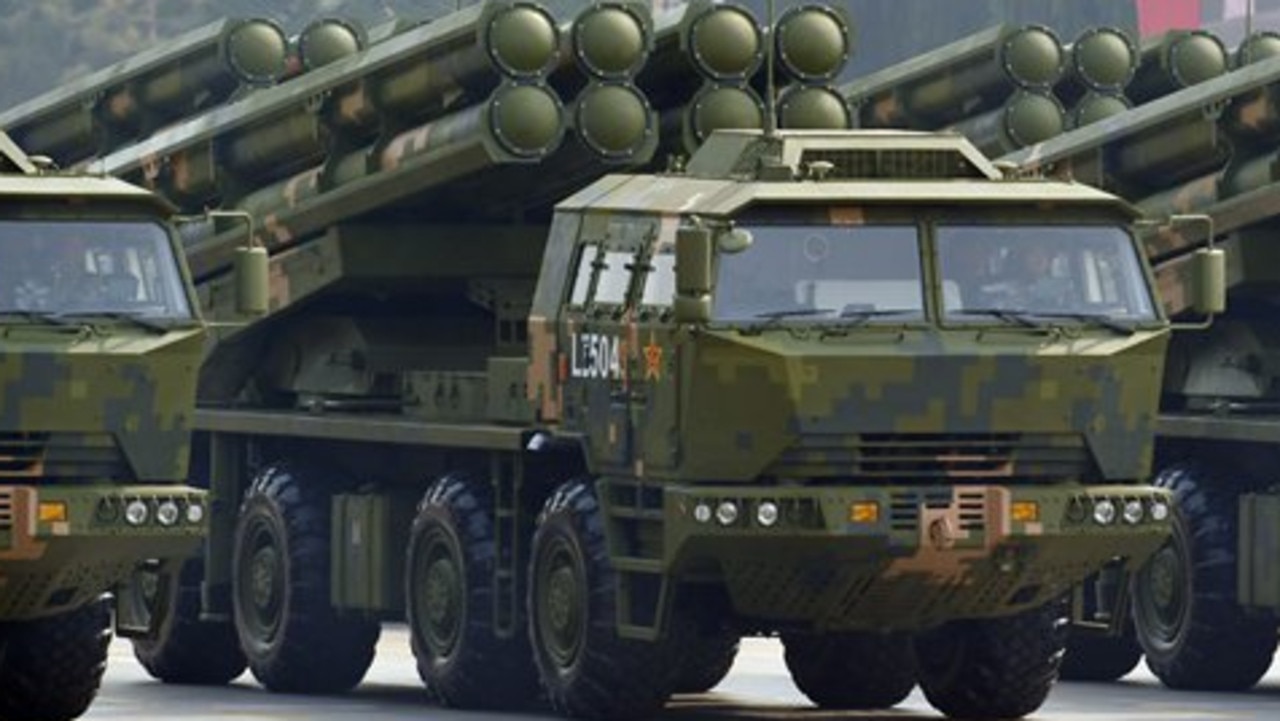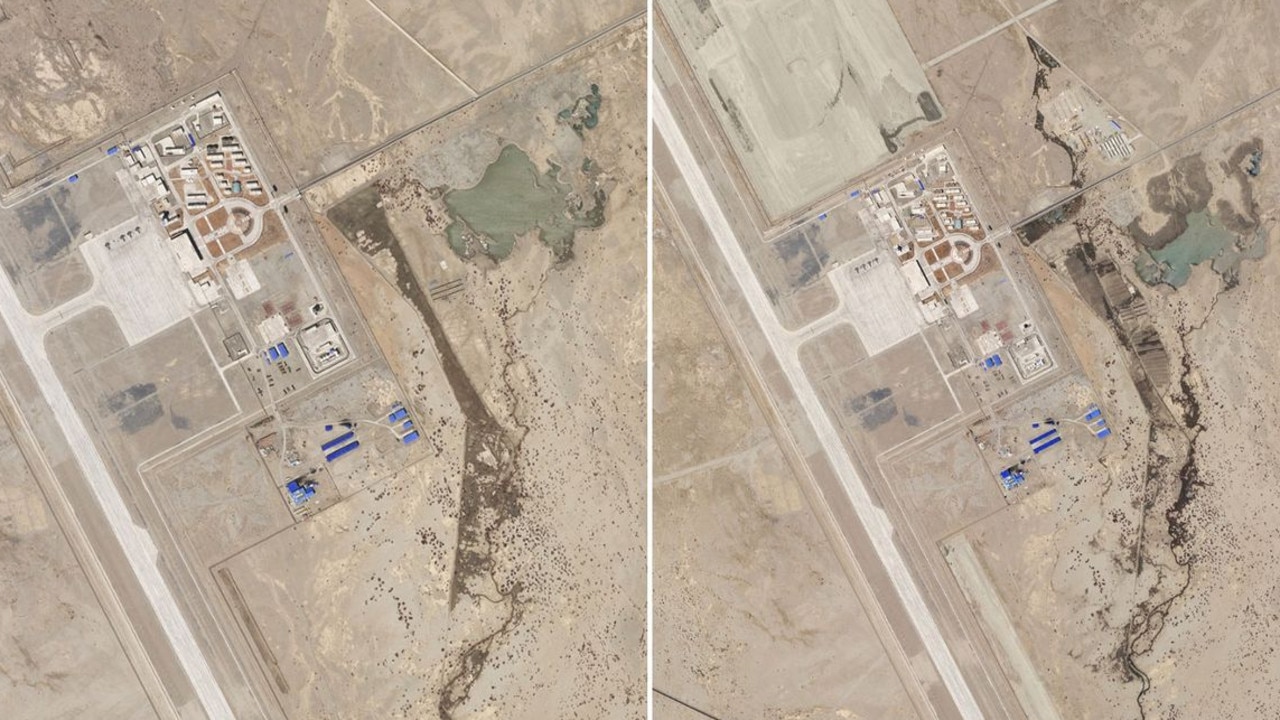Ladakh: Standoff between Chinese and Indian armed forces
The two world’s most populous countries are engaged in a tense military standoff. And the dangerous situation is being watched closely.
In the freezing heights of the Karakoram mountain range, a dangerous power play is unfolding.
The armed forces of China and India are engaged in a standoff over the Line of Actual Control (LAC) at Ladakh.
The demarcation line separates Indian-controlled territory from Chinese-controlled territory and was formed after the 1962 Sino-Indian War that China won decisively.
The disputed Himalayan border was the main cause of the war.
Now a new conflict has erupted.
Last month at a mountain pass of strategic importance, the two sides began dropping stones and also physically beat each other, according to Chinese media.
At least four Indian and seven Chinese soldiers were injured.
Thousands of Chinese People’s Liberation Army soldiers were quickly rushed into Ladakh.
The Chinese military responded by erecting shelters, building concrete bunkers and setting up camps in the strategic high-ground. This is in areas that had been under Indian control.
The move reportedly caught India by surprise.
Defence Minister Rajnath Singh said “large numbers” of Chinese troops had crossed into India’s side of the LAC.

India responded by rushing troops to the Galwan River Valley in northern Ladakh and the Pangong Tso Lake in central Ladakh.
According to Indian media, unusual activities were first noticed a few weeks before the clash.
Mobile phone coverage was also cut in most of the frontier villages in eastern Ladakh, fuelling rumours of possible armed conflict.
The Chinese “ingress into the Galwan River valley opens up a new and worrying chapter,” Ajai Shukla, a former Indian military officer and a defence commentator, wrote on his website
The friction between the world’s two most populous countries has raised concern around the world, with US President Donald Trump even offering to intervene.
“We have informed both India and China that the United States is ready, willing and able to mediate or arbitrate their now raging border dispute. Thank you!” Mr Trump said.
Both sides have tried to remain conciliatory.
But Chinese state media struck an ominous tone, with Global Times reporting: “With China-India co-operation, India will enjoy a peaceful international environment.
“But if the two countries face a showdown on the border issue, the entire Himalayan region and the Indian subcontinent will face instability. No external force can change this. “Maintaining peace along border areas and friendly co-operation is in line with the two countries’ interests.”

The Global Times also warned China had an array of new weapons it could deploy.
China’s new arsenal includes “weapons like the Type 15 tank, Z-20 helicopter and GJ-2 drone that should give China the advantage in high-altitude conflicts should they arise”, it stated.
Defence Minister Rajnath Singh also responded strongly, stating: “If anyone violates our sovereignty or tries to make India bow its head, this country would respond with force.”
Meanwhile the details of the line of control remains blurry.
The two countries cannot even agree on the length of the border.
“The India-China border is 3488 kilometres long ... In the Chinese definition, the India-China border is around 2000 kilometres long,” Former Indian Foreign Secretary Nirupama Rao said.
High-level talks between China and India were due to take place overnight in a bid to reduce tensions.
It comes as India and Australia signed a raft of new agreements including strengthening defense ties and cooperation in the Indo-Pacific maritime issues.
The agreements were signed during a virtual summit between Indian Prime Minister Narendra Modi and his Australian counterpart, Scott Morrison.
The mutual logistic support agreement gives the two countries access to each other’s military bases.




